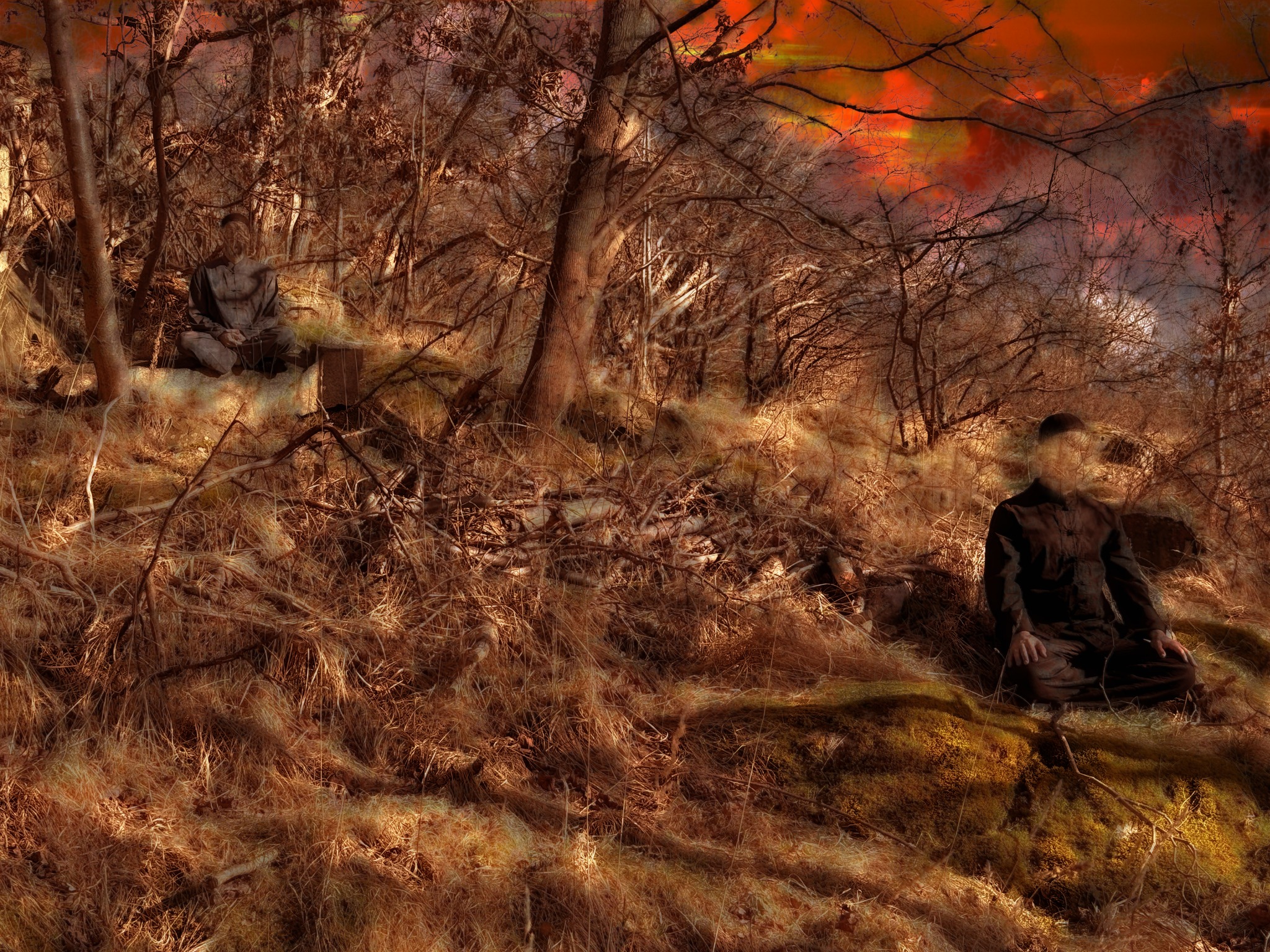The forest clearing behind House 10 at Konstepidemin in Gothenburg was enveloped in contemplative stillness on the evening of ASH’s performance. ASH, an outdoor theatre piece by ibodies theatre company, was framed by rustling leaves and distant city traffic. It felt less like conventional theatre and more like an act of collective witnessing.
To me, the performance served as a metaphorical counterpoint to Sweden’s cultural tensions. Aware of Anmar Taha’s Iraqi heritage and Sebastian Bartilson’s South American roots, I perceived their work as a deliberate bridging of divides, amplified by Quranic recitation from Surah Yaseen, transformed into artistic material. The Edenic setting, where birdsong harmonised with Arabic verses, resonated as “Quran un-burning”, a riposte to recent desecration protests.
Nevertheless, the creators of ASH vehemently rejected this identity-centric interpretation. Their stated aim was ego dissolution, a stripping away of labels to reveal what director Josephine Gray described as “the rawness of human essence.” Costuming played a key role: white shrouds obscured cultural and ethnic markers, visually disintegrating as smoke poured out of the performers’ garments throughout the show. Meanwhile, the artists’ movements were stripped of any obvious cultural signifiers.
This act, they argued, transcended heritage and ethnic backgrounds. By refusing to highlight Taha’s and Bartilson’s identities, the creators positioned their work as a Sufi-like fana’ (annihilation of self), where identity became irrelevant. The Quranic text, decontextualised through spatial audio design, transformed into pure vibration, a sonic architecture felt in the heart rather than decoded by the mind.
The artists’ identities hovered spectrally, palpable only to those who brought biographical knowledge into their viewing experience, while the performance itself dissolved labels into a more fundamental question: what remains of the human when politics, religion, and heritage are scorched away?
The tension between these two perspectives, my focus on cultural healing and identities and the creators’ pursuit of transcendence, formed the piece’s core paradox. Where I saw bridging, the creators aimed at erasure.
The production mirrored Sweden’s own struggle to define itself amid shifting demographics. In a society where identity politics often calcify into conflict, ASH’s refusal to commit to either celebration or negation of difference became its most provocative act.
ASH proposed that art’s highest purpose isn’t to bridge divides but to render them obsolete. Whether viewed as intercultural dialogue or existential ritual, the performance lingered as a challenge: to sit with the discomfort of holding multiple truths, of being both rooted and rootless in a world aflame with certainty.

